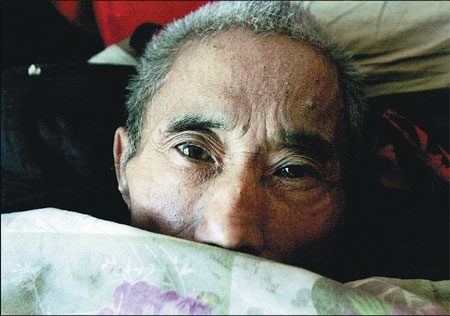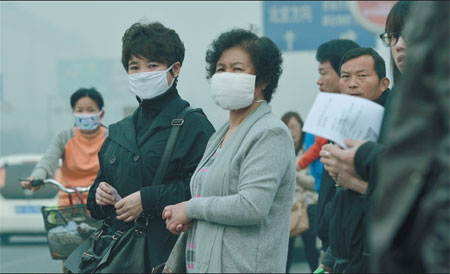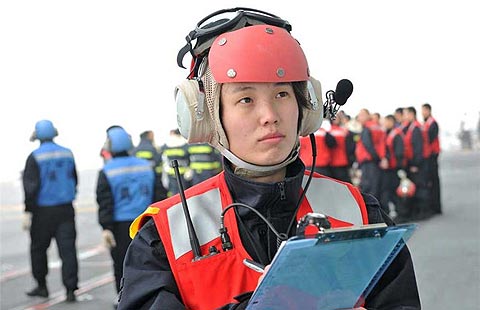Cancer rates on the rise
Updated: 2014-04-09 07:17
By Liu Zhihua (China Daily)
|
|||||||||
Poor diagnosis and a lack of trained medical staff are barriers to the proper treatment. Liu Zhihua reports on the illness which has seen a spike in cases over the past decade.
When Zhang Qing started to work at the Beijing Hospital of Traditional Chinese Medicine in the early 1990s, "cancer" was a strange word to most people. Many could not tell the difference between a tumor and a cancer, recalls the oncologist.
Now the situation has changed.
"Everyone knows about cancer, and everyone is frightened by the word," Zhang says. "People think cancer means death."
The doctor has witnessed a rapid increase in cancer patients at the hospital in recent decades.
The world registered 14 million new cancer cases and 8.2 million deaths in 2012, and the numbers for China were 3.07 million and 2.2 million respectively, according to the World Cancer Report 2014, released by the World Health Organization earlier this year.
China accounted for about 22 percent of the world's new cancer cases in 2012 and 27 percent of cancer deaths globally.
The figures released by China's authorities are even higher.
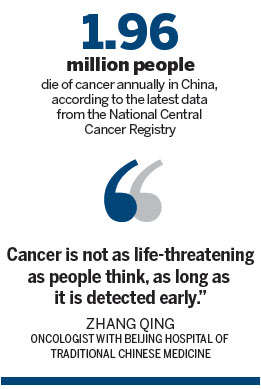
In early 2013, an annual report issued by the National Central Cancer Registry estimated there were 3.12 million new cancer cases and 2 million cancer deaths annually on the Chinese mainland, which means one death from cancer every six minutes.
The figures were based on data collected for 2009 in 2012 from 72 cancer surveillance sites in 24 provinces, covering 85 million people.
The latest data states that China had 3.09 million new cancer cases in 2010, and about 1.96 million deaths, according to Chen Wanqing, deputy director with the National Central Cancer Registry.
"The cancer situation in China is too complicated to be simply summarized," Chen says.
Lung, liver, stomach, esophageal and colo - rectal cancers are the top killers in China, with lung cancer killing 490,000 annually.
Breast, lung, thyroid, colorectal, cervical and pancreatic cancers are rising sharply, and the main causes, Chen concludes, are an aging society, industrialization and life-styles.
In 2011, the death of breast-cancer patient Yu Juan drew wide attention to the killer disease.
The 33-year-old university teacher in Shanghai got a late-stage diagnosis in 2009. Later she started blogging about her triumphs and setbacks in her fight against cancer, to raise awareness of the disease among the public, and younger women in particular.
Breast cancer has become the most common cancer among Chinese women, with more than 160,000 cases detected a year. The incidence is rising at between 3 to 4 percent annually, and most cases are found in big cities, according to a study GE Healthcare China released in 2013.
Unhealthy lifestyles are partly to blame for the rising incidence, notes Wan Donggui, a breast cancer specialist with China-Japan Friendship Hospital in Beijing.
High-fat diets and a lack of exercise can cause estrogen to rise to abnormal levels and increase the risk of breast cancer. Young women in big cities live under great pressure, and many of them choose not to have children or have them later in life. This also increases the risk of breast cancer, Wan explains.
Another cancer that has had an upswing in cases is cervical cancer, due to lifestyle changes, according to Chen.
The main cause of cervical cancer is the infection of the human papillomavirus, or HPV. In the past 10 years cervical cancer has been on the rise, especially in urban areas, because people are exposed to sex earlier and tend to have more sexual partners, Chen says.
The overall cancer rate in China stands at 235.23 out of 100,000, which is low worldwide. But compared with developed countries, such as the United States, China has relatively high death rate - 148.81 per 100,000 people in 2010.
The lack of adequate cancer diagnosis, as well as limited treatment capacities in less developed areas, greatly contributes to the problem, experts say.
Li Jian, director with the thoracic surgery department at Peking University First Hospital, says many of his patients are those whom other hospitals have refused to treat - either because their diagnosis is too late, or because their situation relapses and becomes too hard to deal with.
Li cites an example of a new tough case. A man in 40s from Hebei province was treated as a pneumonia patient over the past two years at a top hospital in Beijing, for reoccurring chest pain and low fever. He was finally diagnosed with lung cancer in the same hospital in late March, but was then discharged because the doctor considered it was too late to treat the cancer.
"Misdiagnosis happens a lot, because one cancer case differs from another, and it relies heavily on the doctor's experience and imaging technology to make an accurate judgment," Li says.
Nie Haiying, 59, a resident in a village in Yanqing county, Beijing, knows well how hospitals' treatment capacity can differ, especially between rural and urban facilities.
In late January, Nie coughed blood and fainted. He was rushed to a local county - level hospital and had a CT scan.
The doctor said the result showed there was something unusual with his lungs and kidneys, but he could not tell what it was.
Nie then went to an emergency department in a big hospital in the city.
"As soon as I showed the doctor the X-rays, she concluded I had tumors," Nie recalls.
Later, he was confirmed to have cancer tissues in his right lung and a kidney. In March, Nie underwent a lung cancer operation in Li's hospital. The operation was successful, and Nie feels much better now.
But not everyone is as lucky.
Ma Hongbing, a tumor doctor with Ankang Hospital of Traditional Chinese Medicine in Ankang, Shaanxi province, says most of his patients are already late-stage cancer patients when they get the diagnosis, which gives them a very dim hope of survival.
Lung, liver, stomach, esophageal and colorectal cancers are most common in the area, and many patients are under 40 - the youngest patient he treated was an 8-year-old suffering from brain cancer, while the youngest liver cancer patient he met was only 22.
He attributes the rising cancer rates to pollution, work pressure and unhealthy diets - particularly among young people. He also says people in rural areas don't have the awareness or access to undergo regular medical checkups, which may partially explain why many cancer patients are diagnosed at very late stages.
Zhang, the oncologist in Beijing, agrees.
Regular medical checkups are important for early detection. It has become a routine in cities that employers provide regular body checkups for employees. But in rural areas, the services lag behind the needs, he says.
The Chinese government has been providing free scanning for women in some places, and also does a great job in hepatitis B control, which reduces liver-cancer incidence, but more needs to be done, Zhang adds.
Individuals should adopt healthy life-styles, while the government should make efforts to control pollution and provide quality medical care to everyone, Zhang notes.
The WHO says at least one-third of cancer cases can be avoided. Zhang believes traditional Chinese medicine can provide an alternative in treating and preventing cancer.
Zhang says TCM can reduce cancer patients' suffering while they receive radiotherapy and chemotherapy, and can increase patients' life expectancy. More importantly, TCM is a framework for a healthy lifestyle and can work as a preventative measure.
"Cancer is not as life-threatening as people think, as long as it is detected early," Zhang says. "Society should work together to achieve that."
Contact the writer at liuzhihua@chinadaily.com.cn.
|
Lung cancer is the No 1 killer in Hutou village in the coal-mining area in Xuanwei, Yunnan province. Huang Xingneng / For China Daily |
|
People wear masks on a smoggy morning in Langfang, Hebei province. Air pollution is now a big concern with the increasing rate of lung cancer. Provided to China Daily |
(China Daily USA 04/09/2014 page10)
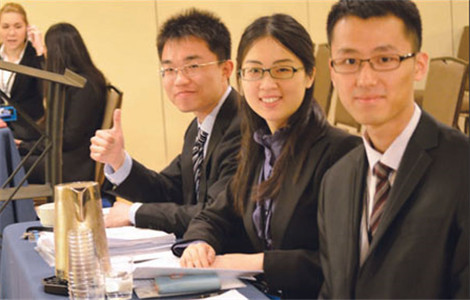
 Chinese schools vie in moot court
Chinese schools vie in moot court
 Australian divers start underwater search for MH370
Australian divers start underwater search for MH370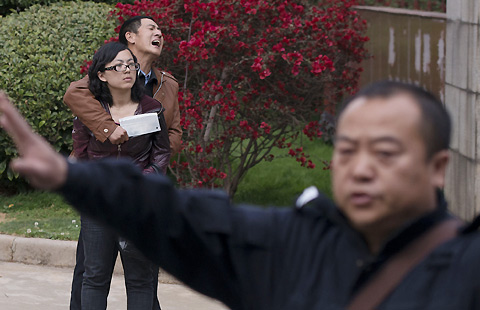
 Cleaver-wielding man subdued after tense standoff
Cleaver-wielding man subdued after tense standoff
 Pro-Russian demonstrators announce Kharkov's independence
Pro-Russian demonstrators announce Kharkov's independence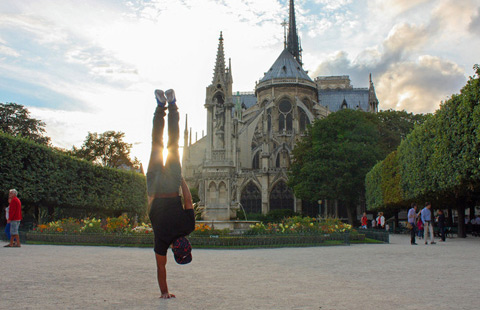
 Breakdancer 'freezes' in front of Paris landmarks
Breakdancer 'freezes' in front of Paris landmarks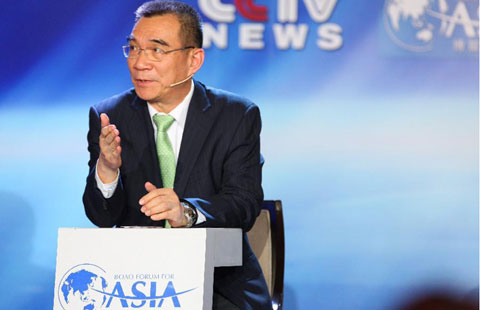
 TV Debate in Boao Forum for Asia Annual Conference
TV Debate in Boao Forum for Asia Annual Conference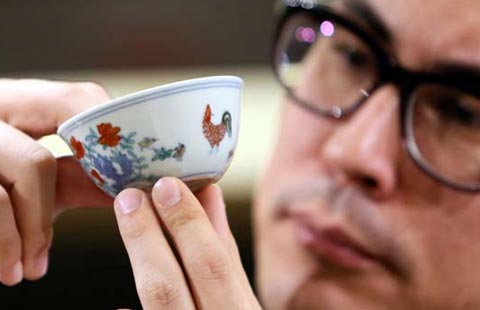
 Ming Dynasty 'chicken cup' sells for record $36 million
Ming Dynasty 'chicken cup' sells for record $36 million
 Simply child's play
Simply child's play
Most Viewed
Editor's Picks
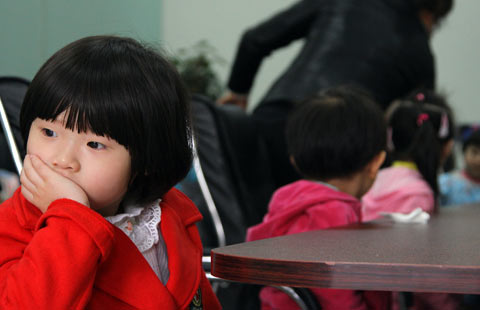
|
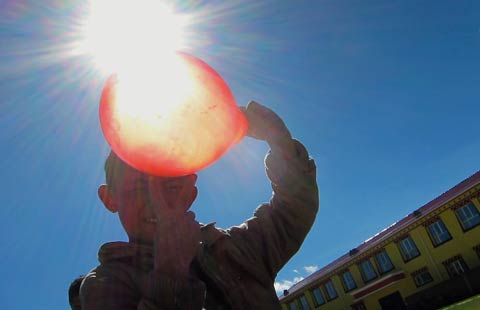
|
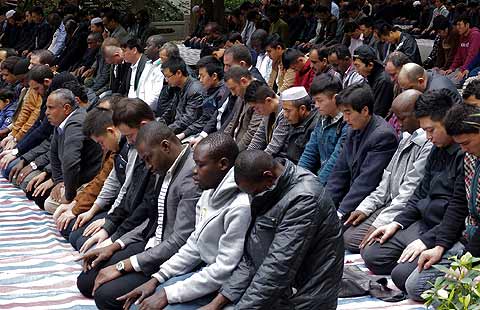
|

|

|

|
Today's Top News
Rwandans told 'never again'
Kim Jong Un reelected first chairman of NDC
Blast kills 23 in market on edge of Pakistani capital
Cross-border deals headed south?
Two more 'pings' detected in search for MH370
China urges US to restrain Japan
Moscow warns Kiev of 'civil war'
Asia Society in NYC launches think tank
US Weekly

|

|
